Posts Tagged: USDA/ARS
USDA-ARS Researcher to Give UC Davis Seminar on Beech Leaf Disease
In the spotlight: the newly discovered beech leaf disease caused by the nematode, Litylenchus...
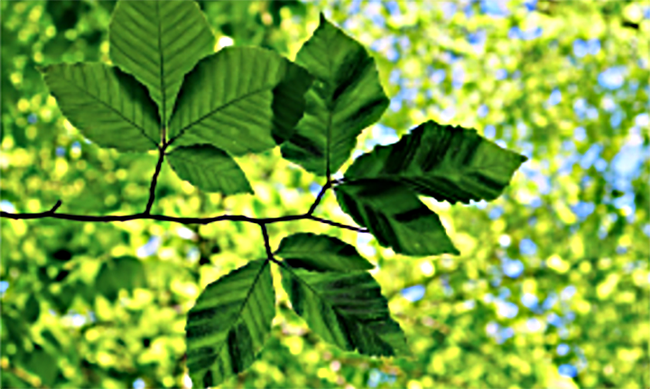
Symptoms of beech leaf disease include swelling and darkening of interveinal tissues as well as chlorosis. (Photo courtesy of Paulo Vieira of USDA-ARS, Beltsville, MD.)
USDA-ARS Researcher Targeting Honey Bee Health Decline
If you're interested in the honey bee health decline--and you should be--then you'll want to listen...
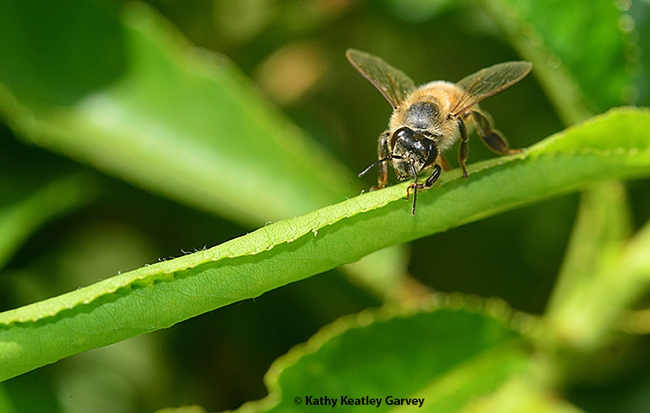
A sick bee crawling on a leaf. (Photo by Kathy Keatley Garvey)
How House Flies Are Trading Antibiotic Resistance Genes Among Themselves
If you're curious about house flies and the latest research on antibiotic resistance, you won't...
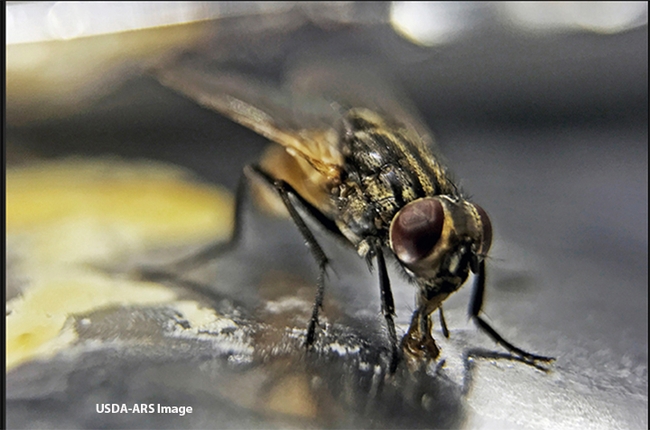
A house fly feeding. (Photo courtesy of USDA-ARS)
Molecular Biologist Michelle Heck: Challenges of Citrus Greening Disease
If you grow citrus, you've no doubt heard of the invasive pest, Asian citrus...
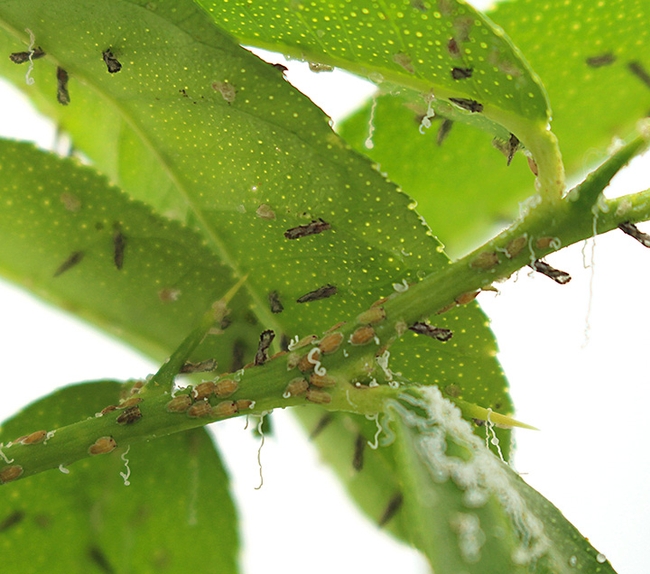
Asian citrus psyllid nymphs and adults on stem and leaves of a citrus. (USDA-ARS Photo)
Research Entomologist to Discuss Enemy of Lettuce: Thrips
They're small, about 1 mm long or less, with characteristic fringed wings. They fly, but not...
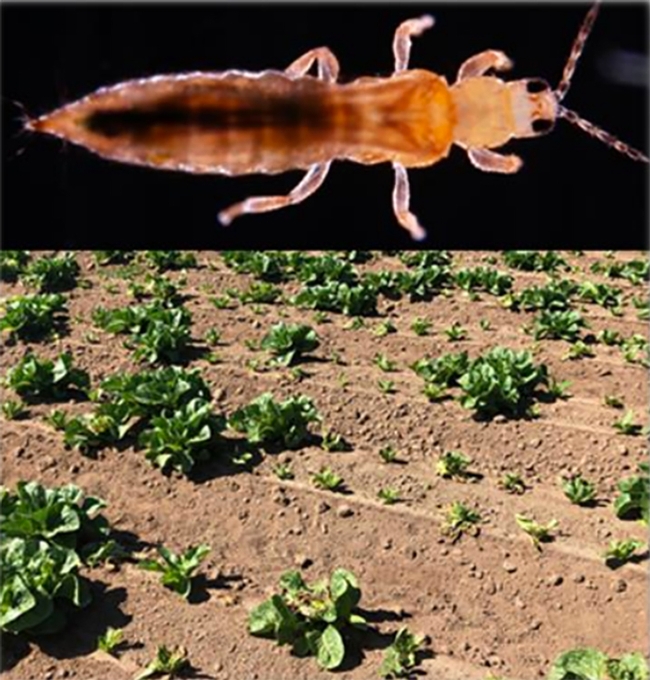
Thrips is a major pest of lettuce production in Salinas. (Illustration courtesy of Daniel Hasegawa)